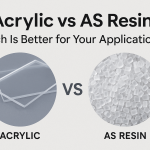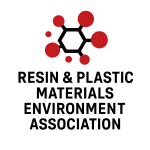「 Engineering plastics 」 一覧
-
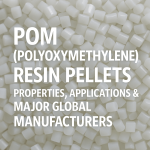
-
POM (Polyoxymethylene) Resin Pellets: Properties, Applications & Major Global Manufacturers
What is a POM Pellet (Polyoxymethylene Pellet)? POM (polyacetal/polyoxymethylene) offers several advantages: high rigidity and hardness, low friction coefficient, excellent wear resistance, high heat resistance, low water absorption, superb dimensional stability, good electrical insulation, greater creep resistance than nylon, high gloss and crystallinity, and low smoke emission. Common applications include gears, bushings, screws, nuts, washers, and spacers. POM is available in two types: homopolymer and copolymer. Generally, homopolymers exhibit higher crystallinity and superior thermal and mechanical properties compared to copolymers because of the continuous “−CH₂O−” backbone composed of identical monomer units. In contrast, copolymers contain “C−C” linkages in the backbone, …
-
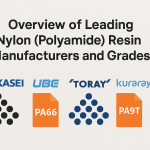
-
Overview of Leading Nylon (Polyamide) Resin Manufacturers and Grades
For detailed information on polyamide (nylon) resins—covering characteristics, applications, heat resistance, degradation, structure, flame retardancy, toxicity, and more—please visit our comprehensive page below. Polyamide resins (nylon) are used in tire cords, rubber hoses, engine components, airbags, and are available in various types like PA6, PA10, PA66, PA9T, etc. Explore our Polyamide (Nylon) Resin Overview » Asahi Kasei – Polyamide (PA) Resin “LEONA™” LEONA™, launched in May 1972, is Asahi Kasei’s flagship PA66 resin. Unique in Asia, Asahi Kasei handles every production step—from monomers like cyclohexanone and adipic acid to fibers (e.g., tire cords, airbags) and final resin. Its annual capacity …
-
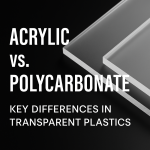
-
Acrylic vs. Polycarbonate: What’s the Difference?
Acrylic vs. Polycarbonate – What’s the Difference? Acrylic (PMMA) and Polycarbonate (PC) are two of the most widely used transparent engineering plastics. While they are often used in similar applications, such as panels, displays, and glazing, their material properties and performance differ significantly. Here’s a side-by-side comparison to help clarify the key distinctions. Impact Resistance Polycarbonate is extremely impact-resistant—about 250 times stronger than glass. It is often used in bullet-resistant glazing and industrial safety products. Acrylic is less impact-resistant (about 10–20 times stronger than glass) but still suitable for most indoor and outdoor applications where extreme durability is not required. …
-
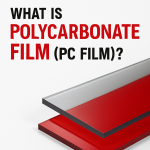
-
Polycarbonate Film Manufacturers & Product Guide
What is Polycarbonate Film (PC Film)? Polycarbonate (PC) film is a thin film extruded from polycarbonate plastic. Known for its high impact resistance even at -40 °C, excellent optical clarity, and superior heat resistance, PC is a leading engineering plastic. It’s widely used in electronics, displays, automotive interiors, optics, and construction components. Below is a list of manufacturers and their featured polycarbonate film products: Wavelock Advanced Technology – “ShineTech® PC Film” ShineTech® PC films include UV‑resistant grades ideal for optical displays and decorative insert molding, plus 3D formable and PMMA/PC multilayer options. PC‑10U [UV Resistant] – Prevents UV‑induced yellowing. ▷ Visit …
-
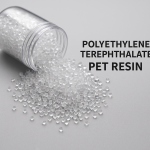
-
PET Resin Price Trends 2025 | Virgin PET & Recycled PET (rPET) Market Analysis
— Latest Trends in the Global Polyethylene Terephthalate (PET) Market — As of June 2025, the global PET resin market is experiencing two notable trends: a stable pricing environment and an expanding demand for recycled materials. Both virgin PET (pellets) and recycled PET (rPET) are seeing strengthened supply capabilities, reflecting growing efforts toward building a circular economy. Based on domestic and international market data, the association has summarized the current PET resin market trends for 2025 as follows: ■ Virgin PET Pellet Price Trends Currently, trading prices for bottle-grade virgin PET pellets in the Asian market are as follows: As …
